Once a marshy area of open land
Please note that this text is an extract from a reference work written in 1990. As a result, some of the content may not reflect recent research, changes and events.
Now the principal public open space of the Valley Gardens and covering 8.05 acres, the Level was once a marshy area of open land which stretched north to include the present Park Crescent and south to embrace the Victoria Gardens (q.v.), although these were also known as the North Steine. The intermittent streams from the London Road and Lewes Road valleys converged at the Level, and it was probably the swampy nature of the land that prevented any building upon it. It has always been a popular venue for circuses, fairs, celebrations and other events, and when the North Steine was enclosed in 1817 it became the only remaining recreational area in the town. Cricket was played on the Level from at least the mid eighteenth century, and the northern part was laid out as a cricket ground for the Prince of Wales in 1791; both the Prince and his brother the Duke of York were keen players and spectators of the game. On 7-8 August 1792 Brighton beat Hampshire there, and followed it by a three-wicket win against Marylebone (M.C.C.) on 23 August 1792; the last grand match on the Prince’s ground was in August 1822 when Brighton played Dorking. These early matches are now commemorated by the Bat and Ball public house in Ditchling Road .
On 22 April 1822 the present area of the Level was vested by Thomas Read Kemp and the other landowners in trustees on behalf of the town, and it was formally laid out in the same year by A.H.Wilds and Henry Phillips. Union Road was constructed to link the Ditchling and Lewes Roads, while that part to the north was sold to James Ireland who laid out the RoyalGardens (see ” Park Crescent “). Under the terms of the 1873 Brighton Borough Extension Act, the trustees’ powers and responsibilities were vested in the corporation.
In November 1844 the fine avenues of elm trees were planted, a gift of the Earl of Chichester, but many were uprooted in the great storm of October 1987 . Further alterations were made in 1877 when a low wall was built along the inside of the avenues and the low fence was replaced by six-foot iron railings; these were themselves replaced by dwarf fences in about 1922. The northern part is still a level grassed area (with a hard floodlit football pitch) frequented by visiting fairs, festivals, exhibitions and rallies. It is separated from the playground by a fine rose-walk which was the site of the Open Market in the 1920s. The children’s playground itself was laid out in 1927 with a boating pool, bridges and pergola, but the pool has now been paved over with a much smaller paddling pool installed, and one of the two shelters is now a cafe. A large skateboard park was added in the late 1980s. The formal southern entrance to the Level is decorated with ornamental dolphin-shaped lamps, and is flanked by a small building on the western side which was a branch police station from about 1865 until 1919; it later became the main office of the BrightonParks and Gardens Department. The materials of a similar building opposite were used to construct the thatched shelter at Preston Rockery .
The Level has traditionally been a place for meeting, speaking and demonstrating, and was the venue of annual May Day workers’ rallies for many years. Large public dinners were held on it to celebrate the coronations of George IV and Victoria, and also at the end of the Napoleonic and Crimean Wars.
Any numerical cross-references in the text above refer to resources in the Sources and Bibliography section of the Encyclopaedia of Brighton by Tim Carder.
The following resource(s) is quoted as a general source for the information above: {3,15,24,112,115,126}
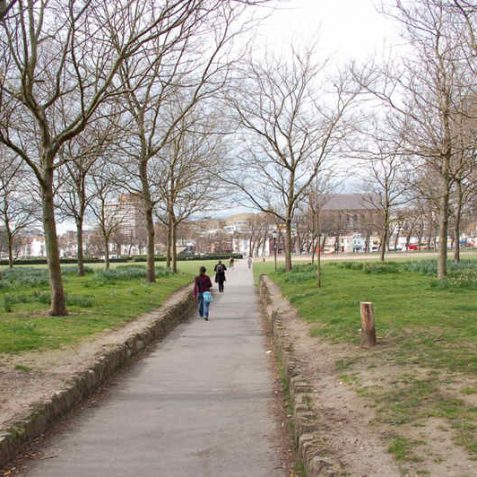
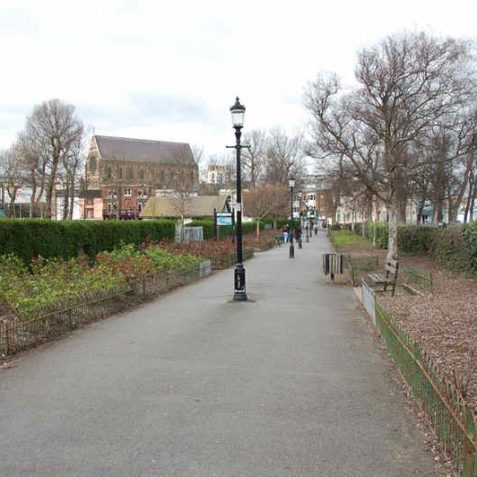
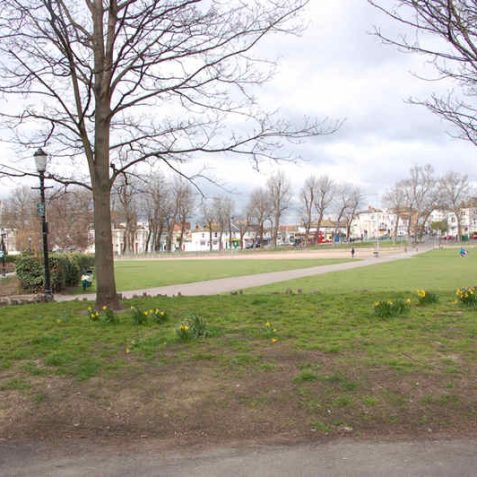
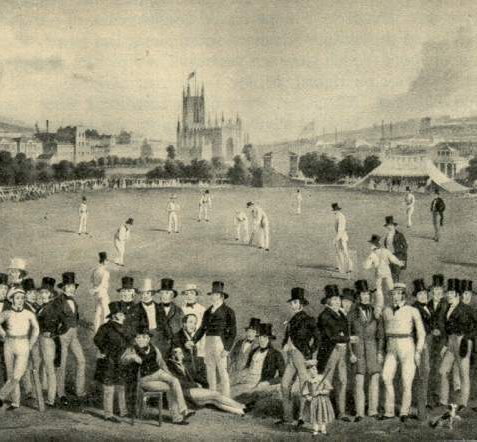
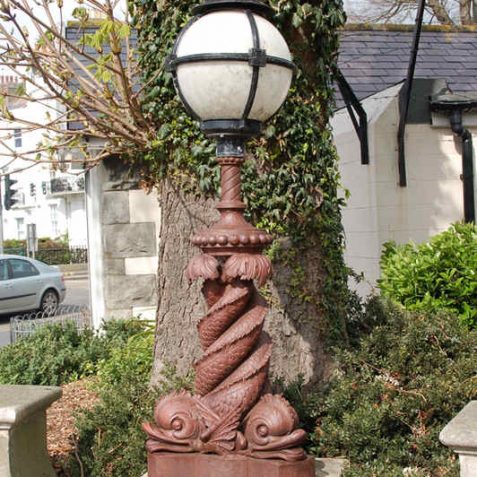
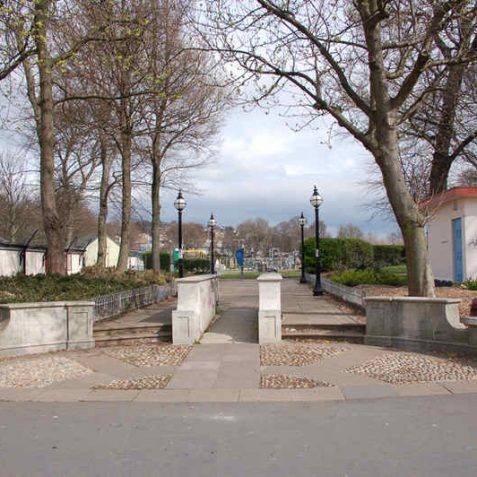
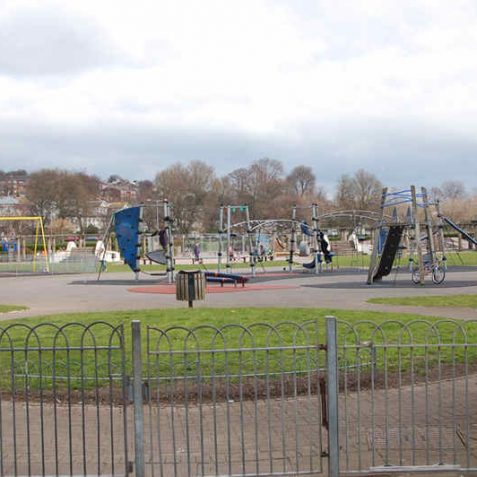

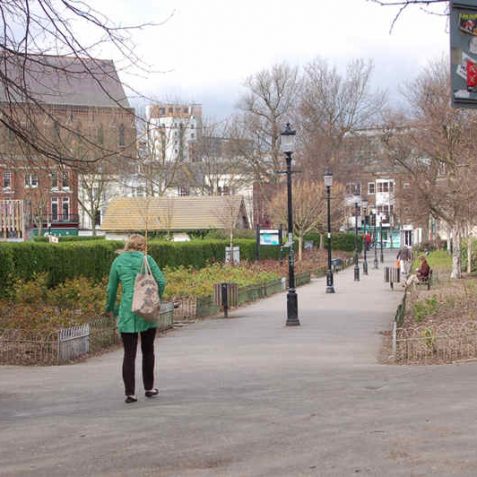
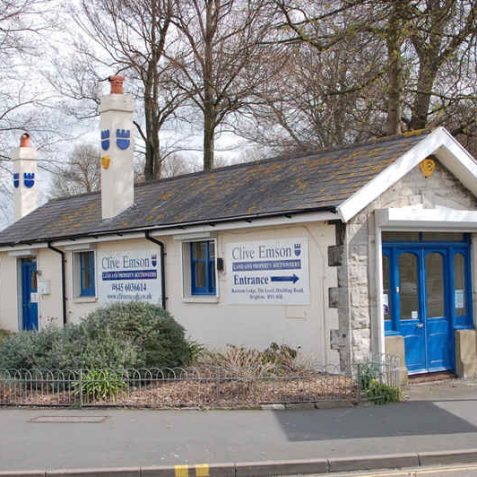

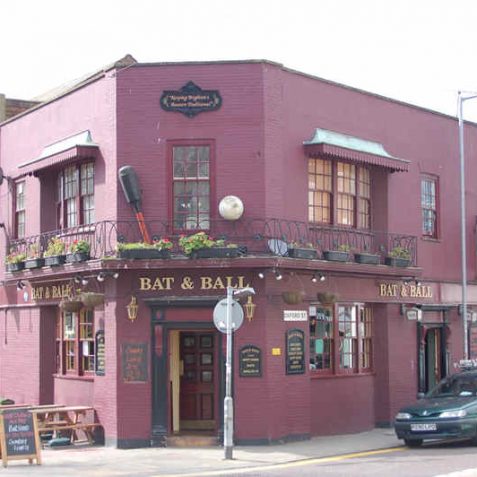




Comments about this page
Can anyone remember the old park ponds that were on the Level? You could sail your model boats on. I know, I fell in them a couple of times when I was trying to get my boat out. And what was the name of the old park keeper who used to walk around in a uniform shouting at you if you were doing something wrong?
Add a comment about this page